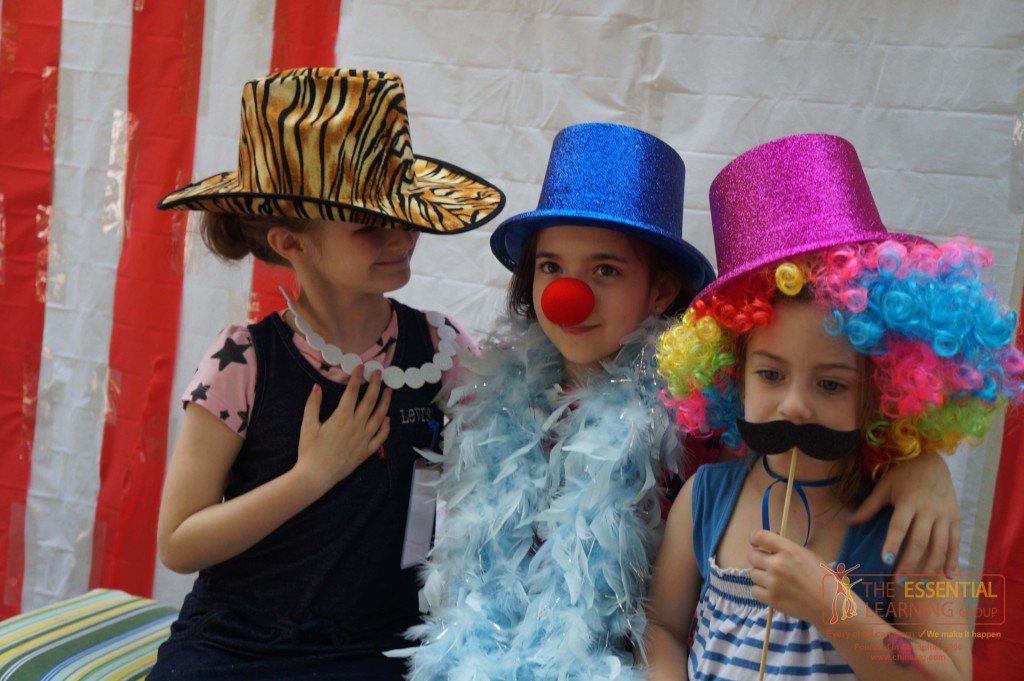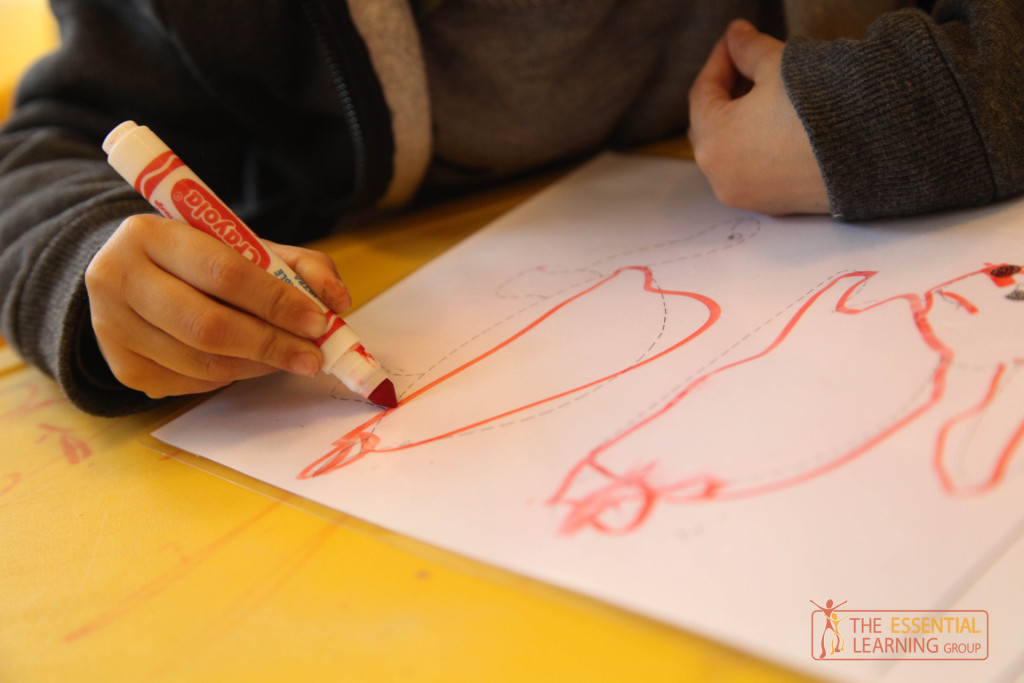By Ronni Rowland, Writer
What is Dramatherapy?
Dramatherapy is a form of psychotherapy that uses different forms of creative arts approaches for expression and healing such as: the arts, drawing, movement, sound and therapeutic story making.
“During periods of life challenges, transition or emotional turmoil, words sometimes may not be enough to access and express feelings and to heal,” says Sarah Bilodeau, Dramatherapist with the Essential Learning Group (ELG). “Words can also be re-traumatizing and overwhelming.”
In Dramatherapy, children use their “natural language” of play and this reduces self-consciousness and resistance. Providing children with a creative outlet can channel emotions in effective ways. As feelings often underlie behaviors, this safe channel – and having one’s feelings acknowledged without judgment – can also reduce inappropriate behaviors.
10 Benefits of Dramatherapy
- Provides healthy and creative ways for children to understand their experiences, express feelings and work through difficulties.
- Gives clarity to inner experiences and multiple feelings.
- Creates a positive self-esteem and healthy body image.
- Generates new perspectives and leads to greater insight and learning.
- Fosters empathy toward others and greater self-understanding.
- Enables children to feel proud of their creations and grow in confidence.
- Reawakens children’s inner resources, self-efficacy, potentials, resilience, and authentic being.
- Supports safe risk taking in a non-judgmental environment.
- Expands communication and social skills.
- Offers insight into potential underlying causes of student behaviors.
Creativity at Home and in the Classroom
Sarah encourages parents and teachers to use creativity as a means of helping children to express themselves. She advises to keep it light and to be mindful that this approach can trigger emotions, which one must be ready to regulate. Sarah isn’t recommending for individuals to do Dramatherapy per se, as it is a specialized psychotherapy field that requires years of training. However, she encourages all to use creativity as a means of growth and expression. For all activities, she recommends to “offer empathy and reassurance – giving children a ‘safe place’ for exploring and communicating.”
Sample Creative-expressive Activity, Adapted from Dramatherapy:
Images and Drawing Activity
This activity is a reflective creative journaling exercise, which can be done after a learning experience, or at the end of term. Keep it light to avoid triggering emotions that may be difficult for the facilitator and student to contain.
- Think of your experience as a journey.
- Draw this journey, from where you started to where you feel you are now.
- Different colors, shapes and symbols can be used. (Does it start with a smooth line, zigzag into a storm, and finish in a calm house?)
- Students can keep this private, or if they are comfortable, they can share with another student.
- At home, this can trigger conversation between the child and parent(s), where they can discuss further the child’s experiences and the parent can provide support where needed.
Upcoming Dramatherapy Seminar
Register today for Sarah Bilodeau’s free seminar Introduction to Dramatherapy on December 1, 4:30-6pm. Learn about this creative form of psychotherapy and how the arts can help individuals learn, heal, and express themselves. (Please note this seminar is being delivered in English only)


